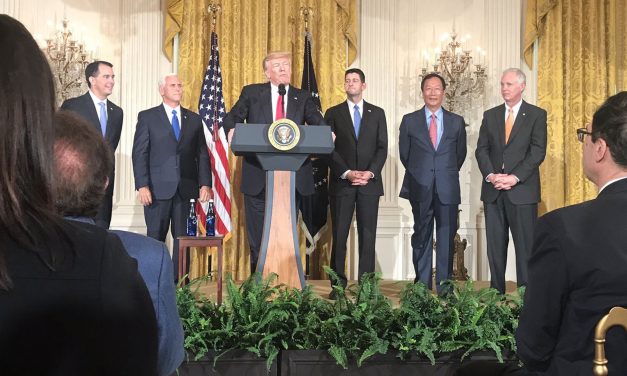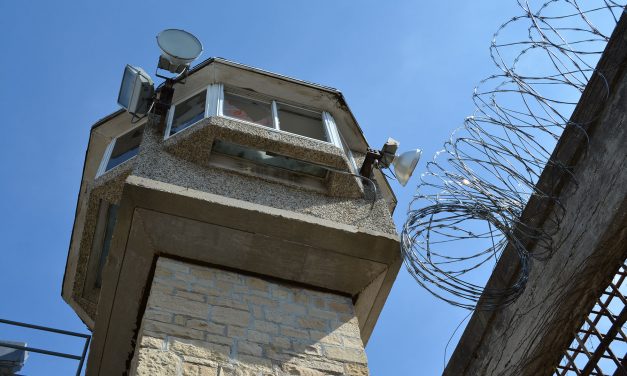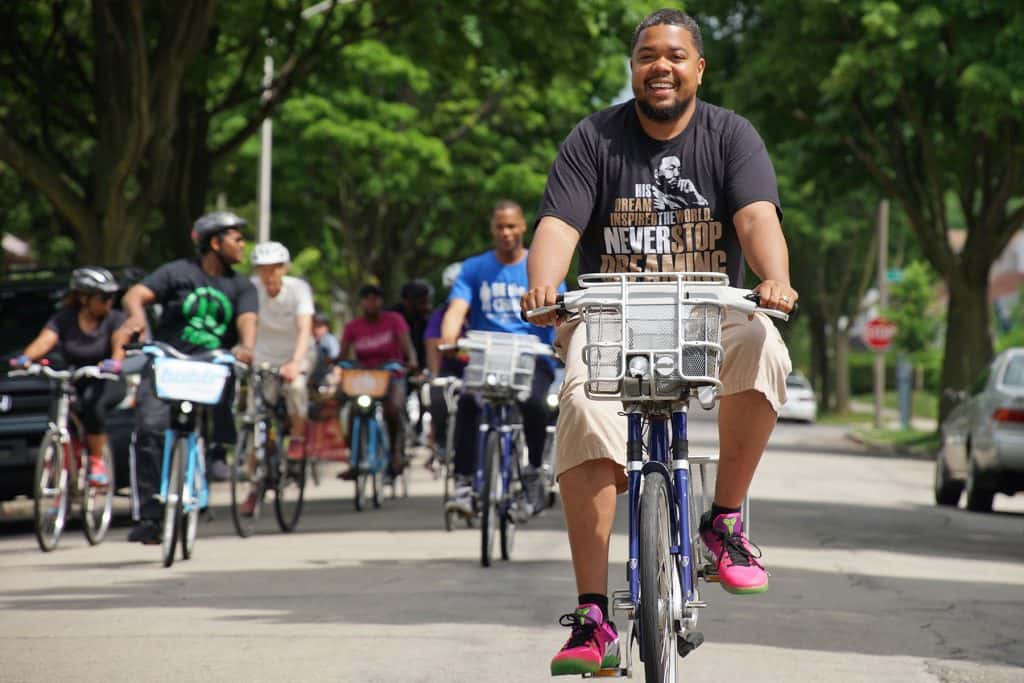A pathway to citizenship for Immigrants would boost Wisconsin’s Farm Economy
Wisconsin’s dairies and other businesses could gain access to additional, needed workers if Congress passes the Dream Act and allows immigrant youth to stay in the country and improve their job skills. Wisconsin’s farms, particularly dairy farms, depend heavily on immigrant labor to function. Offering young immigrants a secure future would allow those workers to advance their education and develop the skills that employers – such as dairy farms – are looking for. Half of all workers on dairy farms are immigrants, according to a report by the National Milk Producers Federation. According to the report: A complete loss...
Read More















